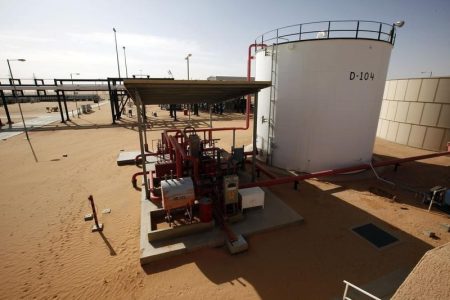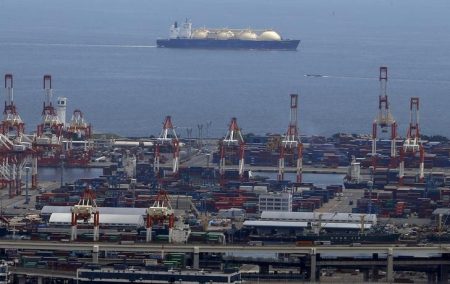Investing.com — Down one day and up the next: The yo-yo trade in oil continues as Saudi production cut pledges are being mitigated by weak gasoline demand in the United States — despite the advent of summer travel, which typically sees a surge in fuel consumption.
New York-based West Texas Intermediate, or , crude settled up 28 cents, or 0.4%, at $75.63 a barrel. In the previous session, the U.S. crude benchmark fell 0.5%.
London-based settled up 18 cents, or 0.2%, at $79.64. In Wednesday’s trade, Brent lost virtually the same, closing down 0.2%.
“Despite what the Saudis want, the appetite for higher oil prices seems to be as great as only what the summertime demand for gasoline is in the United States — which is not great at all,” said John Kilduff, partner at New York energy hedge fund Again Capital.
Brent may find a home below $80
Crude prices began July strongly on Saudi and Russian rhetoric about production cuts — an additional one million barrels per day each for the kingdom and half a million a day pledged by Moscow — as well as receding inflation data that suggested the Federal Reserve will be less aggressive with interest rates going forth. The rally however, fizzled on dismal growth data out of China, the world’s largest importer of oil.
Sentiment in oil was also dinged after the U.S. Energy Information Administration, or EIA, reported that fell by just 1.066M barrels last week against expectations for a draw of 1.577M. Automotive fuel gasoline is the No. 1 U.S. fuel product.
Finished motor gasoline products delivered to the marketplace — an indication of demand at the pump — fell to 8.855M barrels from the prior week’s 8.756M. Typically, during summertime like this, some 9M barrels of gasoline or more are supplied to the market weekly.
The U.S. balance, meanwhile, fell by just 0.708M barrels for the week ended July 14 — versus forecasts for a decline of 2.44M.
Ed Moya, analyst at online trading platform OANDA, said crude prices might find it hard to meet Saudi targets for $80 a barrel, at least until the next weekly oil supply-demand update and the interest rate decision of the Fed’s Federal Open Market Committee — both due next Wednesday.
“Brent crude looks like it wants to find a home below the $80 level and that might support a broadening formation until next Wednesday’s EIA report and FOMC meeting,” Moya said.
Read the full article here















